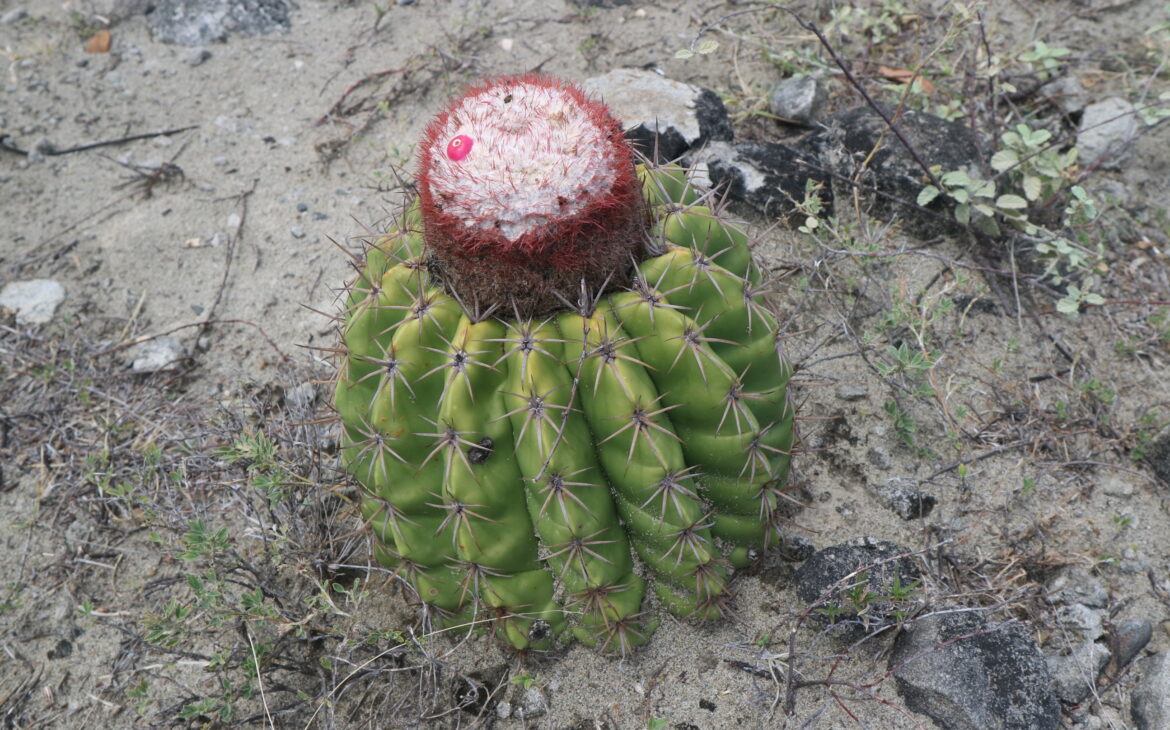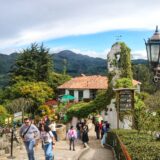
How to visit the Tatacoa desert, Colombia (2023 Guide)
Tatacoa is a dry tropical forest but also called a desert due to its dry terrain and its unique rock formations. Tatacoa is located in the region of Huila, and the closest city to it is Neiva, which is around 1-2 hours drive away. The closest small town is Villavieja. Tatacoa is 330 square kilometers and it contains two separate deserts, the bigger grey desert, and the more instragrammable red desert.
How to arrive at Tatacoa
We took a night bus from Bogota to Neiva, which is the closest big city to Tatacoa. The bus company is called Coomotor, but there are several options, such as the Bolivariano. The bus costs between 35.000 COP to 70.000 COP and the tickets can be purchased either directly from the bus station or online (Redbus or busbud).
We stayed in the city of Neiva and took a guided tour from Backpackers & Travellers Hostel which included the transportation from Neiva to Tatacoa and vice versa. You may as well decide to stay in Villavieja and enjoy the small-town atmosphere (it’s quite cute!). Neiva itself doesn’t have anything interesting to offer, except for the malls. Therefore it may be better to directly go to Villavieja.
Can you explore Tatacoa independently?
Yes, you can! You can get a Tuk-tuk from Villavieja to the Tatacoa desert. However, if your plan is to go for trekking, I would definitely recommend for the guide. The grey desert is huge and according to our tourist guide, he has found many lost tourists on the way. You don’t want to get lost in the desert, where there are dangers, such as scorpions and snakes lurking in every corner. The Red Desert is easier for independent exploration as it is smaller and it has more visitors.
The Grey Desert
The grey desert is the bigger area of Tatacoa. Though it is not as popular as the Red Desert, it’s still worth a visit. Our visit to the grey desert lasted for 2 hours, and it was not an easy trek, as it included very narrow canyons, muddy roads, and the heat of +42 degrees Celsius.




In the grey desert, you will see a variety of different cactuses (and their fruits!), fossils, unique rock formations, and possibly hear the voices of rattlesnakes.
You should prepare for the grey desert with a lot of water (minimum 2-3 liters), hiking shoes or sports shoes, sunblock, hat, and sunglasses. Wear comfortable clothes, as you will be sweating a lot. Do not visit if it is raining. Do not visit if you’re claustrophobic, because the canyons are really narrow.
The Red Desert
The Red Desert is the smaller part of Tatacoa, and the more popular one due to its Mars-like outlook, and red and orange rock formations. The Red Desert is located around a 30-minute drive away from the Grey Desert. For trekking, the Red Desert is significantly easier and takes only around 1 hour. Visiting the Red Desert is not allowed during rain, because the clay-like soil is very sticky and slippery.
The red color comes from Iron oxide and the formations have been sculpted by erosion over time. Additionally, you will see a variety of cactuses in the desert, as well as goats.






How to prepare for Tatacoa
It is important to prepare carefully for Tatacoa. Preferably bring a smaller backpack, where you can fit at least 2-3 liters of water, strong sunblock, sunglasses, and a hat. Wear comfortable clothes for the heat and humidity. Remember that the temperature can increase to over 40 Celsius. The terrain is muddy and sticky in some parts, so it is good to wear hiking shoes.
Other things to do in Tatacoa
Many tours also include a visit to the mud pool (”piscilodo”) and the astronomical observatory. The entrance fee to both is 10,000 COP and the price is generally not included in the tours, so remember to bring enough cash.

The Tatacoa desert is a must-visit on your Colombia adventure. It is currently not the most known popular destination in Colombia, but it has so much potential. Apart from the desert, you can enjoy the local Colombian life in the town of Villavieja and get to know some local people, eat cheap streetfood and visit the beautiful church of Villavieja and the town’s museums.


